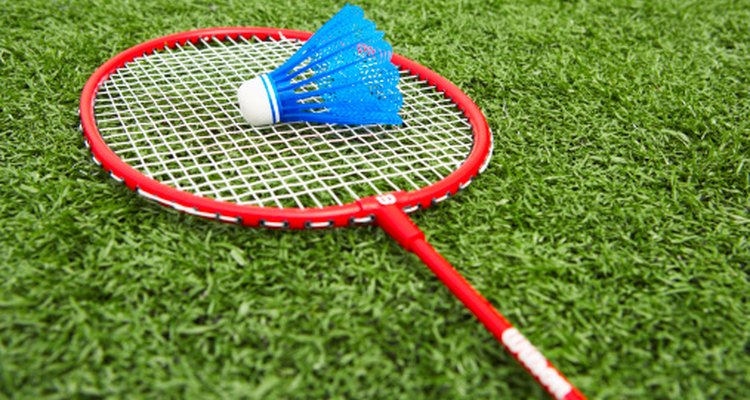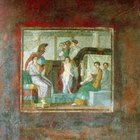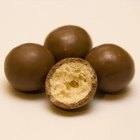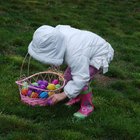
Kids in 17th and 18th century Colonial America didn’t have the Internet, Xbox, arcade games or even the electricity that powers these devices. But while many of them worked hard on family farms and businesses, they nonetheless grew up playing games. These pastimes included individual and group activities, sports and games that used toys and props.
Board Games
Children in Colonial America could play many of the same board games that are still popular today. Historians believe that Ben Franklin brought the first chess set across the Atlantic and wrote a pamphlet encouraging widespread adoption of the game. The first use of checkers appears in 1679. While neither of these games achieved widespread popularity, colonialists, including children, did play backgammon and dominos, with the latter derided as a game for children. Colonialists also brought the 2,500 year old game Parcheesi with them to America, where their children played it. The popular game of Nine Man's Morrice combined the skills of tic-tac-toe and Othello.
Group Games
Both children and adults played group games such as Blindman’s Bluff. In this guessing game, a child stands in the center of a circle of children and puts on a blindfold. The children walk in a circle until called to stop by the blindfolded child, who then calls one of the others into the circle and attempts to identify him. Children would also play games with props, such as bean-bag tossing or quoits. Both of these games resemble the modern day pastime of horseshoes. Colonial kids would also play common recess games such as tag, hide-and-seek, jump rope, and scotch-hopper, which today’s children call hopscotch.
Competitive
Children competed in games using marbles games, and games with small balls, such as early versions of jacks. Several games involving large and small hoops squared competitors against one another. These included hoop racing, where a child used his hand or a stick to roll a barrel hoop from a starting point to a finish line. In Hoops and Graces, competitors launched a small hoop into the air by placing it around a pair of sticks and then quickly pulling the sticks apart. The other player had to catch it with her sticks; if she dropped it, her opponent gained a point. A perennial favorite for young and old alike was the game of horseshoes.
Sports
colonial children played Rounders, a game that may have led to the development of baseball. Rounders features a wooden bat, a ball with a leather cover and four bases set up in a diamond with the same scoring and “base-rounding” rules of baseball. Children of the wealthy would have played tennis and golf, while the game of Nine Pins, or lawn bowling, enjoyed widespread popularity at picnic grounds and outside of taverns. An early form of badminton, known in Colonial times as Battledores, didn’t use a net, but saw two players batting a cork back and forth, with a point earned each time an opponent let the cork hit the ground.
Related Articles

What Are the Family Ties for the Greek ...

What Did Kids Wear in the 80s?

What Feathers Mean to the Cherokee

Fun Outdoor Ball Games

The Difference Between Nike Dunks & AF1

Outdoor Games to Play With 3 People

Traditional Games Japanese Children Play

Facts About Air Jordan Shoes

History of Bib Overalls

Faith Building Games for Children

Football Facemask History

Fun Games to Play Outside with 4 People
Things to Do With Kids in Louisville, ...

Ministry Reformation Day Party Ideas
Things to Do With Kids in Long Island

Outdoor Christian Games for Children

How to Wind a Woman's Manual Cartier ...

Sports & Nonverbal Communication

Malted Milk Ball History

Where Did the Custom of Easter Baskets ...
References
Writer Bio
Since 2005, James Rutter has worked as a freelance journalist for print and Internet publications, including the “News of Delaware County,” “Main Line Times” and Broad Street Review. As a former chemist, college professor and competitive weightlifter, he writes about science, education and exercise. Rutter earned a B.A. in philosophy and biology from Albright College and studied philosophy and cognitive science at Temple University.
Photo Credits
Thomas Northcut/Digital Vision/Getty Images